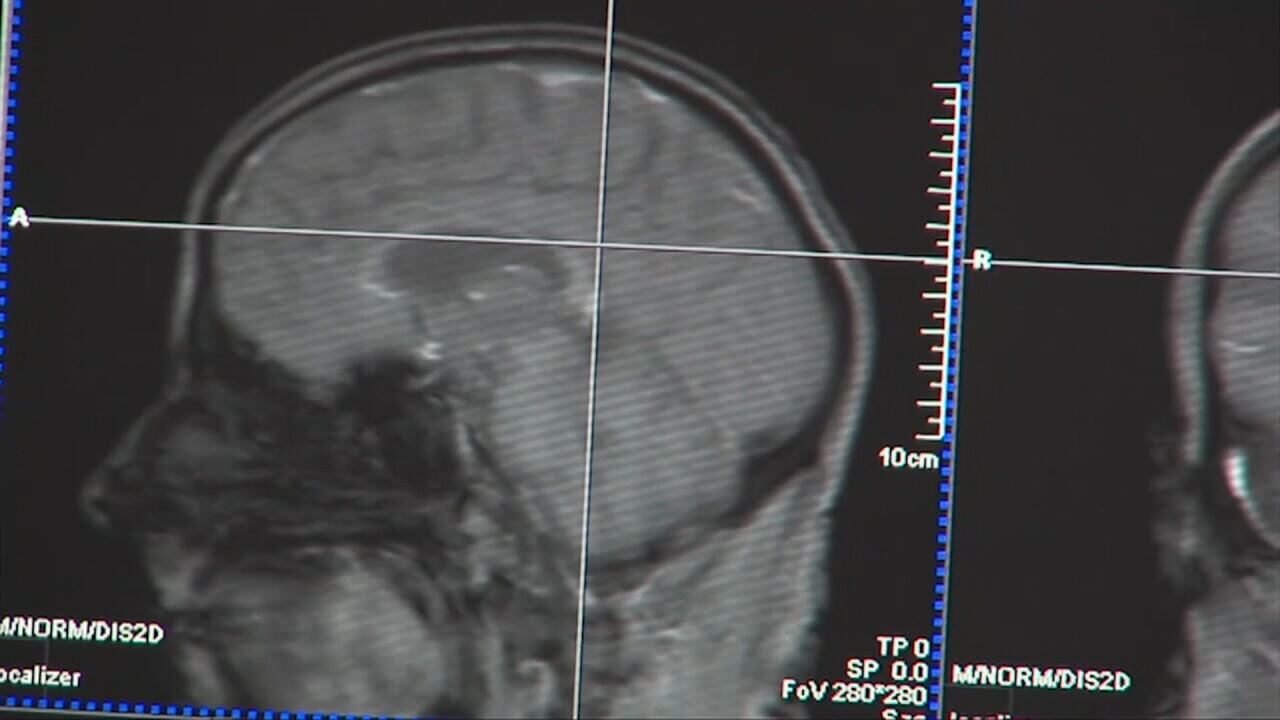WALTHAM, Mass — There are new drugs to slow the progression of Alzheimer’s Disease -- and more promising treatments coming in the future. But a new report suggests there may not be enough specialists to prescribe them.
The Alzheimer’s Association just released its annual 2023 ‘Facts And Figures,’ a 132-page volume that looks at the current and projected activity of the brain-wasting disease. It finds that by about mid-century, unless a cure is found, U.S. Alzheimer’s cases will about double -- from around 7 million to 13 million. Not keeping up with that growth: the number of neurologists and gerontologists needed to provide care.
“We need to see something like a 60 percent increase just in the number of geriatricians,” said Jim Wessler, CEO of the Massachusetts/New Hampshire chapter of the Alzheimer’s Association. “We have a lot of work cut out for us.”
And that’s just the increase in geriatricians needed in Massachusetts -- a state already overburdened with Alzheimer’s care.
“Right now to get a full diagnostic workup at any of the major Boston teaching hospitals you could be looking at 6 to 10 months,” Wessler said. “That is unacceptable.”
The report suggests unless something is done, care inequity will increase -- with fewer and fewer Alzheimer’s patients able to take advantage of treatments.
But it’s not just neurologists that are in short supply in the U.S.
Take primary care doctors.
“There’s a range of 20 to about 50,000 physicians that will be needed by 2034 that we don’t have,” said Ted Calianos, MD, president of the Massachusetts Medical Society.
And Calianos said up to 70,000 specialty doctors may be needed in the next ten years.
“So even if you look at the low end of those numbers, the 20,000 range, those numbers are daunting,” he said.
Earlier this month, the Massachusetts Medical Society released a report on doctor satisfaction in Massachusetts. It found 55 percent of respondents experienced symptoms suggestive of burnout -- with one in four planning to leave medicine in the next two years.
Calianos said there are several other reasons for the physician shortage -- including limited medical school slots, limited slots for residencies and the high cost of a medical education.
“If you look at the average debt load of a physician coming out of medical school, it is not unusual to see $200,000 to $250,000 of debt, Calianos said.
That alone sometimes affects what branch of medicine a graduate decides to pursue -- with lower-paying positions, such as primary care, ending up with fewer takers.
The Alzheimer’s Association is backing a Massachusetts bill that would provide debt relief for some medical school graduates.
“It would actually provide loan forgiveness for neurologists and geriatricians and neuropsychologists,” said Wessler. “As a way to incentivize the next generation of doctors.”
Download the FREE Boston 25 News app for breaking news alerts.
Follow Boston 25 News on Facebook and Twitter. | Watch Boston 25 News NOW
©2023 Cox Media Group








